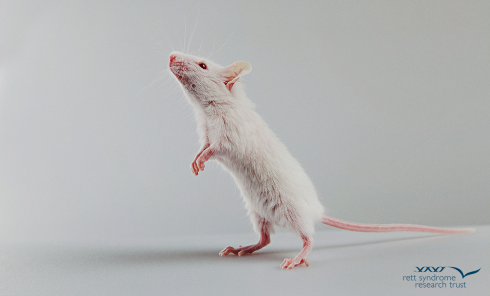
by Carol Morton
Three years ago, a study showed that a bone marrow transplant performed in pre-symptomatic male mice models of Rett Syndrome substantially extended their lives and reduced symptoms of disease. The unexpected findings caught the attention of Rett researchers, physicians, and parents.
Seeking to validate the results and therefore strengthen the case for clinical studies, four other research groups launched their own mouse studies. In independent experiments, each lab was unable to replicate the original findings.
The researchers combined their results into a single paper, published May 20 in Nature, the same journal that published the original positive results. The new study is posted online only as a “brief communication arising,” a category for new scientific data that challenge the findings of an original research paper in the journal, according to Veronique Kiemer, executive editor of the Nature Publishing Group.
The new paper means that bone marrow transplants may not be a viable therapeutic option, but the pair of papers could point the way to new insights into Rett and ways to fix it, said Monica Carson, a neuroimmunologist at the University of California, Riverside, who was not involved in any of the studies.
“The key is that both answers are possible,” Carson said. “ It’s important to figure out the differences between the papers.”
The original paper came from the lab of Jonathan Kipnis, a neuroimmunologist at University of Virginia in Charlottesville. Kipnis and his colleagues explore the role of the immune system in healthy and diseased brains. No stranger to controversial findings, he has shown that T cells closely surrounding the brain are somehow crucial to normal cognitive function.
In fact, the team first conducted the transplants to test the idea that inadequate T cells in Rett mice might explain their cognitive impairment. “We proved our original hypothesis wrong,” Kipnis said. But with new immune cells, the mice lived much longer. Most cases of Rett can be traced to a malfunctioning gene on the X chromosome called methyl-CpG-binding protein 2 (MeCP2). A transplant fixed the faulty gene in the mice’s immune cells.
How was a new immune system exerting a protective effect? A clue came from stem cell transplant studies for Alzheimer’s disease, where another kind of circulating immune cell, called monocytes or macrophages, lodge in the brain and clear away debris that may cause neurodegeneration. After further experiments, Kipnis and his co-authors proposed that monocytes with good MeCP2 genes also migrated to the brain in the Rett models and helped their brain-dwelling microglia cousins in some unknown way.
Last month, the Kipnis team reported the first molecular and cellular evidence that MeCP2 controls gene expression in macrophages and that some types of macrophages in the brain and throughout the body may be especially vulnerable early in disease. “This work is a beautiful example of how the immune and nervous systems are intimately associated, sharing common molecular pathways and potentially affecting the function of one another in many dynamic ways,” according to a commentary published with the paper.
The original paper was funded by RSRT. Given the serious nature and risk of a bone marrow transplant, RSRT felt it was crucial to reproduce the findings before supporting any clinical trials. RSRT awarded funding to Andrew Pieper, now at the University of Iowa, who had provided the original mice for the Kipnis study, and Antonio Bedalov, at the Fred Hutchinson Cancer Research Center, a scientist and oncologist, who works with bone marrow transplant patients.
Independently, Peter Huppke, at University Medical Center Gottingen in Germany, and Jeffrey Neul, now at University of California, San Diego, also attempted replications. None of the four labs saw the significant effects seen by Kipnis.
For his part, Kipnis interprets the new paper differently. “Most importantly, it confirms our initial findings, although not as dramatically,” he said, pointing to a small increased lifespan effect that could be seen if two figures were combined. He and two lead co-authors of the original paper have written a detailed response in the comment section for the paper. It outlines suspected issues with the new paper, including mice that may have inadvertently acquired a mixed genetic background and may therefore have a version of graft versus host disease (GVHD) which would have confounded the results. This would be analogous to a person receiving bone marrow that was not a tissue match. Bedalov denied that possibility, saying GVHD would be obvious because the mice would have additional symptoms.
The first mouse study had prompted clinical investigators to add boys with Rett to a hematopoietic stem cell transplant protocol last year. Boys with classic Rett mutations have more severe disease and usually die by age 2. Based on the new findings, the trial has withdrawn Rett as a disease eligibility, wrote principal investigator Weston Miller at the University of Minnesota in an email. No boys with Rett had enrolled in the trial.
Other researchers contacted by RSRT applaud the attempt to replicate the bone marrow transplant findings before considering clinical trials, but they see a more important unfolding story is the role of the immune system in Rett disease biology.
Looking ahead, “discrepancies between labs do occur,” Kipnis and his co-authors wrote, “and understanding the cause of varying results can ultimately lead to an even better understanding of the scientific or disease-related process in question.”
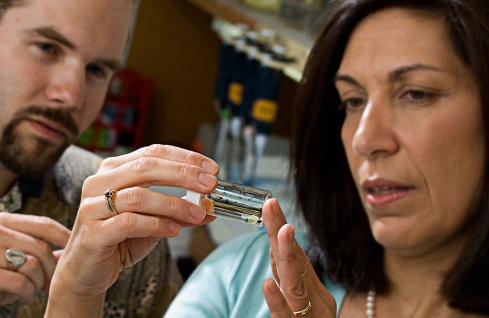



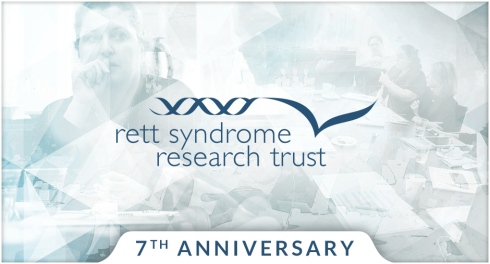

















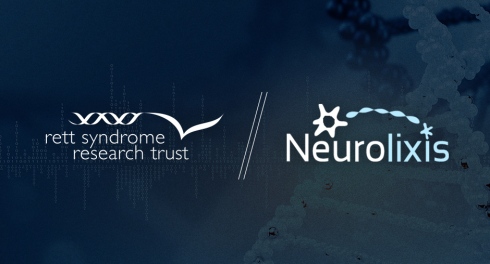
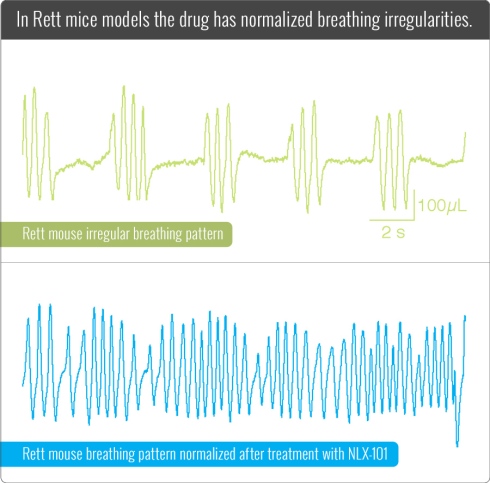








![Disneyland-Nov 2014[1]](https://rettsyndrome.files.wordpress.com/2015/02/disneyland-nov-20141.jpg?w=176&h=234)



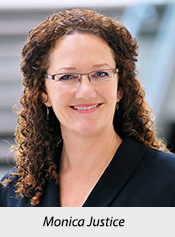


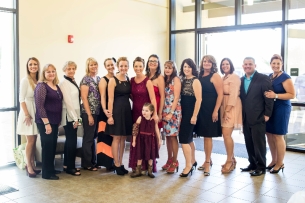

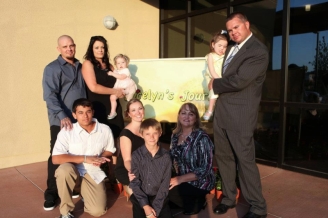

 Despite much effort, there is little consensus among scientists regarding what MeCP2 actually does in the brain. Needless to say it helps greatly when fixing something to know exactly what has gone wrong, so this is an issue that badly needs addressing. Fortunately the research tools for getting at the problem have gotten much better over the past few years and we are now in a good position to nail this problem down.
Despite much effort, there is little consensus among scientists regarding what MeCP2 actually does in the brain. Needless to say it helps greatly when fixing something to know exactly what has gone wrong, so this is an issue that badly needs addressing. Fortunately the research tools for getting at the problem have gotten much better over the past few years and we are now in a good position to nail this problem down. It’s important to know why the loss of MeCP2 gives rise to Rett as well as helping to determine a minimally active form that might be better suited to gene replacement approaches.
It’s important to know why the loss of MeCP2 gives rise to Rett as well as helping to determine a minimally active form that might be better suited to gene replacement approaches. It is hard for me to imagine a treatment for Rett that isn’t based on an understanding of MeCP2 function. Based on what we already know about MeCP2 it is clear that it’s function in neurons is quite complex and difficult to understand. That together with the complexity of the brain makes me think it is unlikely that a therapy that isn’t based on a deep understanding of MeCP2 function is likely to work. Nevertheless, I wouldn’t rule it out.
It is hard for me to imagine a treatment for Rett that isn’t based on an understanding of MeCP2 function. Based on what we already know about MeCP2 it is clear that it’s function in neurons is quite complex and difficult to understand. That together with the complexity of the brain makes me think it is unlikely that a therapy that isn’t based on a deep understanding of MeCP2 function is likely to work. Nevertheless, I wouldn’t rule it out.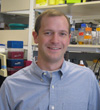









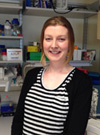





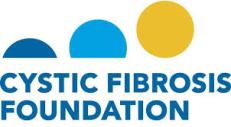

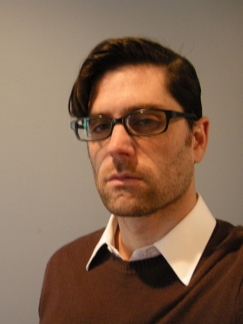


 Consortium members are also working on the following key issues:
Consortium members are also working on the following key issues:
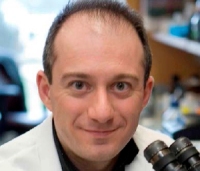 The Kaspar Laboratory is extremely excited about the potential to deliver gene therapies to the CNS. We are encouraged with our delivery studies to target cells efficiently in the brain, where one requires the proper expression of MECP2. Furthermore, our clinical trial in Spinal Muscular Atrophy has to date demonstrated the safety of this gene therapeutic in children which is excellent news for development of gene therapeutics in diseases, such as Rett. As a laboratory, we have bolstered our Rett efforts and are making great progress in testing the safety and developing the pre-clinical data necessary for developing a treatment. Our approach is building off the success of our collaboration with Dr. Gail Mandel. We are thankful for her continued support on our steep learning curve of Rett. This Consortium allows us to learn from each other’s studies. It’s a great group of scientists and I’m privileged to be a part of it. I see the progress we are collectively making and the commitment to the development of a therapy for Rett patients. The path is starting to look much clearer to get there.
The Kaspar Laboratory is extremely excited about the potential to deliver gene therapies to the CNS. We are encouraged with our delivery studies to target cells efficiently in the brain, where one requires the proper expression of MECP2. Furthermore, our clinical trial in Spinal Muscular Atrophy has to date demonstrated the safety of this gene therapeutic in children which is excellent news for development of gene therapeutics in diseases, such as Rett. As a laboratory, we have bolstered our Rett efforts and are making great progress in testing the safety and developing the pre-clinical data necessary for developing a treatment. Our approach is building off the success of our collaboration with Dr. Gail Mandel. We are thankful for her continued support on our steep learning curve of Rett. This Consortium allows us to learn from each other’s studies. It’s a great group of scientists and I’m privileged to be a part of it. I see the progress we are collectively making and the commitment to the development of a therapy for Rett patients. The path is starting to look much clearer to get there. The Cobb lab shares Brian’s excitement about the consortium’s efforts and the potential for gene therapy to counteract the root cause of Rett Syndrome. The project is progressing on multiple fronts from vector design/optimization to assessing best delivery methods and testing for efficacy and safety. Whilst the concept of gene therapy is a very simple one, the route to developing a safe and effective therapy is not at all straightforward. A key element of the consortium is that it enables us to share ideas and to discuss and act on emerging results from the four labs in real time. This will inevitably lead to more rapid progress in addressing the various challenges. As well as coordinating efforts, the consortium also enables us to cross validate key experiments to ensure findings are robust and reproducible across laboratories. After our Consortium meeting Kamal and I traveled to visit Steve Gray’s lab at UNC Chapel Hill. It was an extremely valuable few days as we were able to not only observe but also practice various delivery route methods. We also were able to compare and standardize how we score neurological features seen in the mice. Spending time together also provided an opportunity to further discuss vector development. Our trip to the US for both the Consortium meeting and visit to UNC was very productive.
The Cobb lab shares Brian’s excitement about the consortium’s efforts and the potential for gene therapy to counteract the root cause of Rett Syndrome. The project is progressing on multiple fronts from vector design/optimization to assessing best delivery methods and testing for efficacy and safety. Whilst the concept of gene therapy is a very simple one, the route to developing a safe and effective therapy is not at all straightforward. A key element of the consortium is that it enables us to share ideas and to discuss and act on emerging results from the four labs in real time. This will inevitably lead to more rapid progress in addressing the various challenges. As well as coordinating efforts, the consortium also enables us to cross validate key experiments to ensure findings are robust and reproducible across laboratories. After our Consortium meeting Kamal and I traveled to visit Steve Gray’s lab at UNC Chapel Hill. It was an extremely valuable few days as we were able to not only observe but also practice various delivery route methods. We also were able to compare and standardize how we score neurological features seen in the mice. Spending time together also provided an opportunity to further discuss vector development. Our trip to the US for both the Consortium meeting and visit to UNC was very productive. Our efforts to treat Rett syndrome are built on 7 years of experience with the Rett community along with “bench to bedside” approaches that we are taking for six other inherited diseases. Our gene therapy clinical trial for Giant Axonal Neuropathy laid an important foundation for a similar approach to be taken with Rett syndrome. Gene therapy for Rett is an enormous challenge, but the last few years have garnered a great deal of excitement based on the similar positive findings published by all 4 laboratories in this consortium in 2 seminal papers. We are excited to be part of this group, and together we can accomplish much more than my lab alone. When Dr. Cobb visited our lab recently he provided critical expertise in a short visit that saved us an enormous amount of time and effort if we had been working alone. This is a small example of the many benefits we have had from working together in a collaborative fashion.
Our efforts to treat Rett syndrome are built on 7 years of experience with the Rett community along with “bench to bedside” approaches that we are taking for six other inherited diseases. Our gene therapy clinical trial for Giant Axonal Neuropathy laid an important foundation for a similar approach to be taken with Rett syndrome. Gene therapy for Rett is an enormous challenge, but the last few years have garnered a great deal of excitement based on the similar positive findings published by all 4 laboratories in this consortium in 2 seminal papers. We are excited to be part of this group, and together we can accomplish much more than my lab alone. When Dr. Cobb visited our lab recently he provided critical expertise in a short visit that saved us an enormous amount of time and effort if we had been working alone. This is a small example of the many benefits we have had from working together in a collaborative fashion.![photo[7]](https://rettsyndrome.files.wordpress.com/2014/11/photo7.jpg?w=223&h=300)
![photo[8]](https://rettsyndrome.files.wordpress.com/2014/11/photo8.jpg?w=223&h=300)
![photo[7]](https://rettsyndrome.files.wordpress.com/2014/11/photo71.jpg?w=223&h=300)

